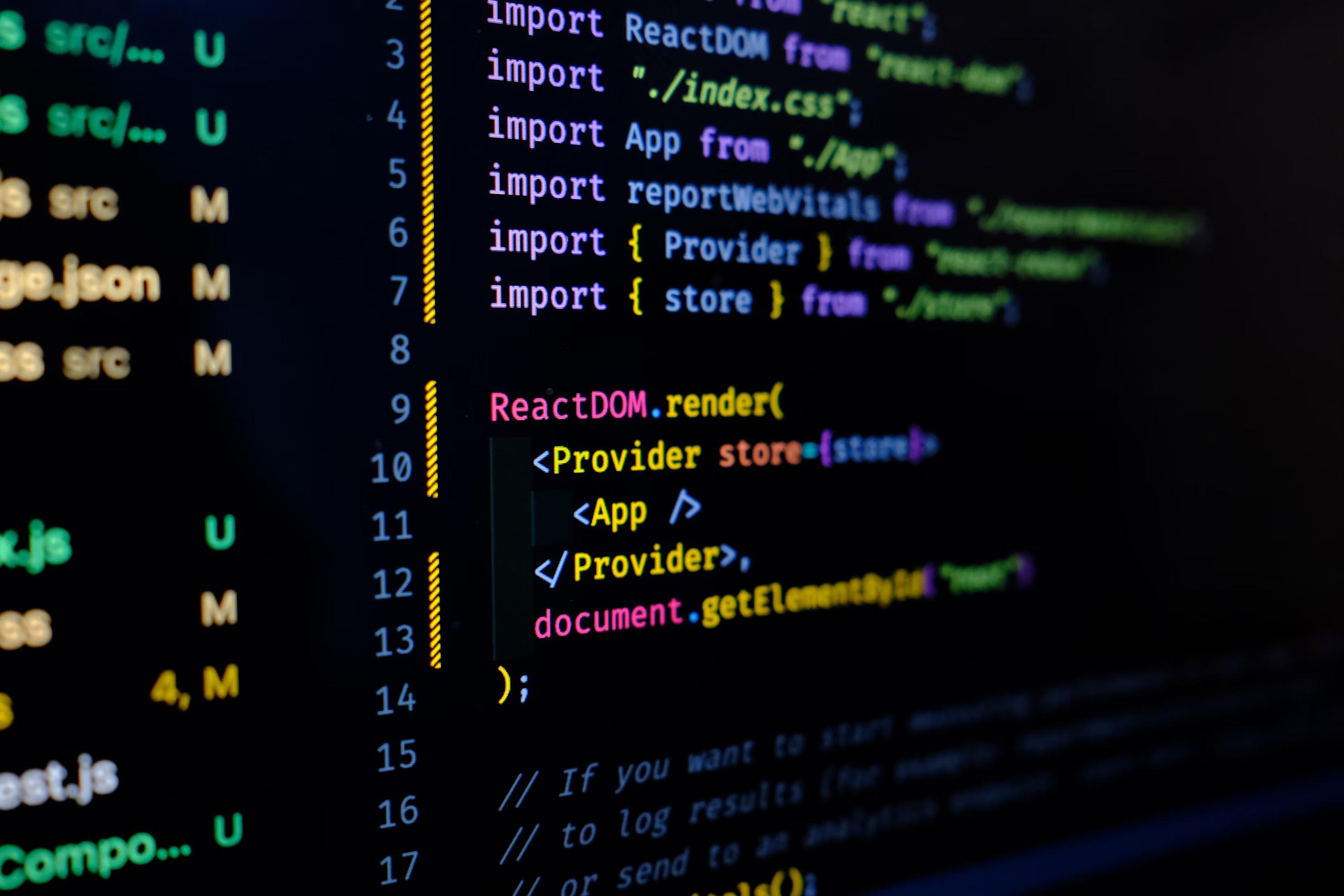You might also like
11. July 2025
Writing good code isn’t enough. Why are we looking for a developer with a broader perspective?
Others
19. August 2025
From a Different Career to Coding: A Meaningful Shift into Development
Interviews
23. July 2024
The History of Android: From Humble Beginnings to Global Success
Mobile development
Tell us about your project
Is it feasible?How much will it cost you?
And when will it be done?
We will discuss everything with you.




